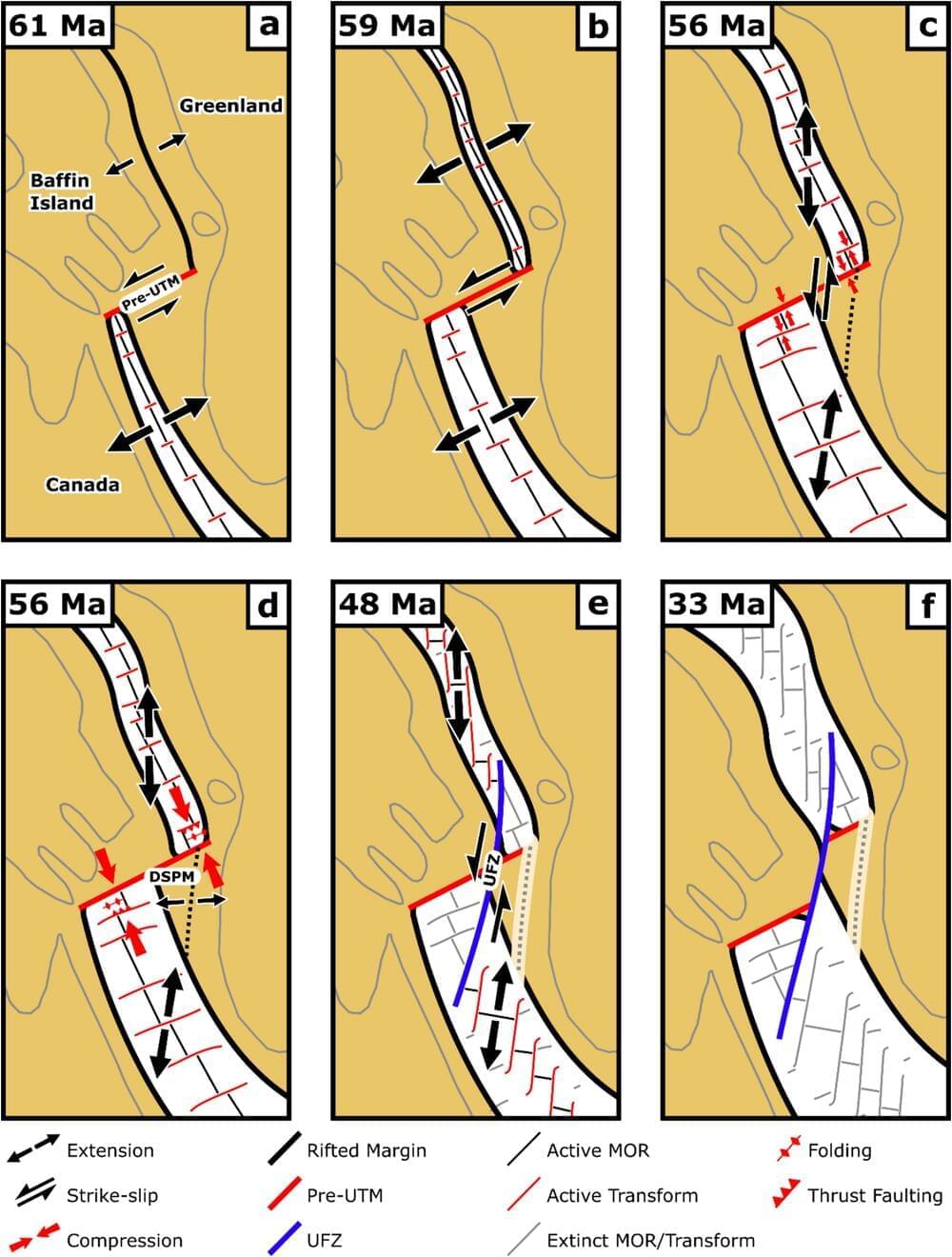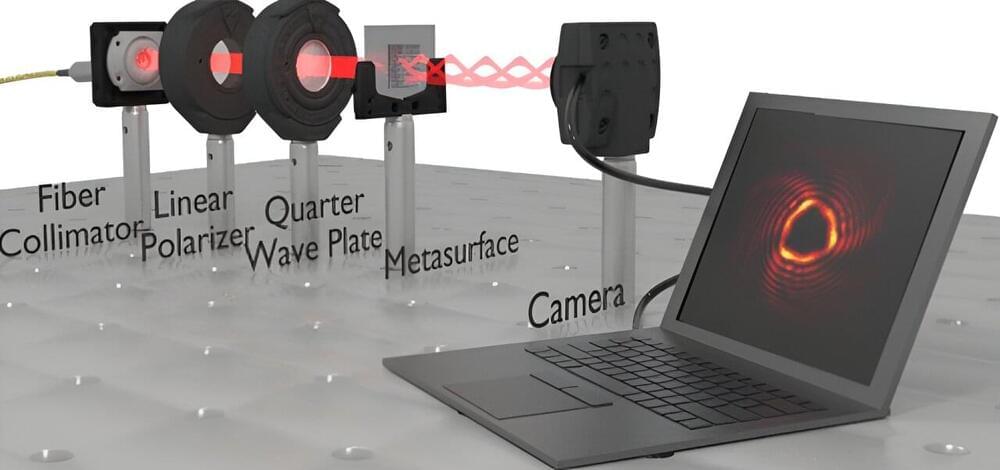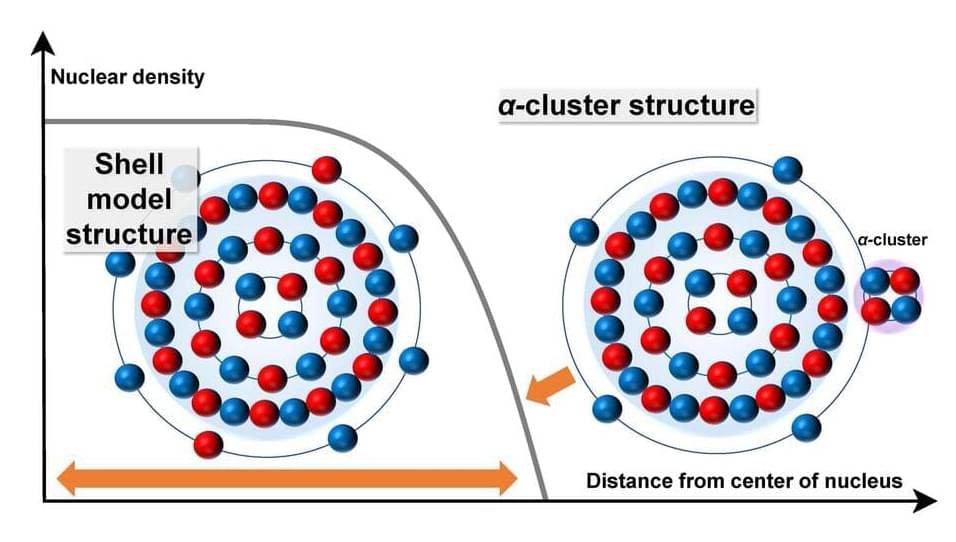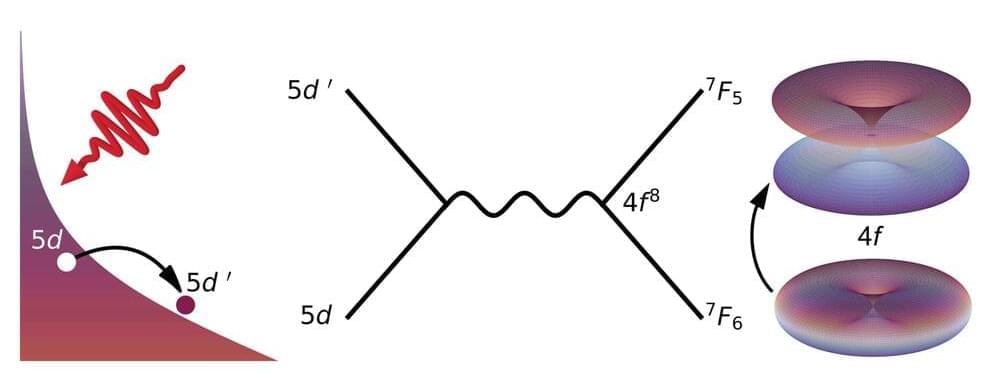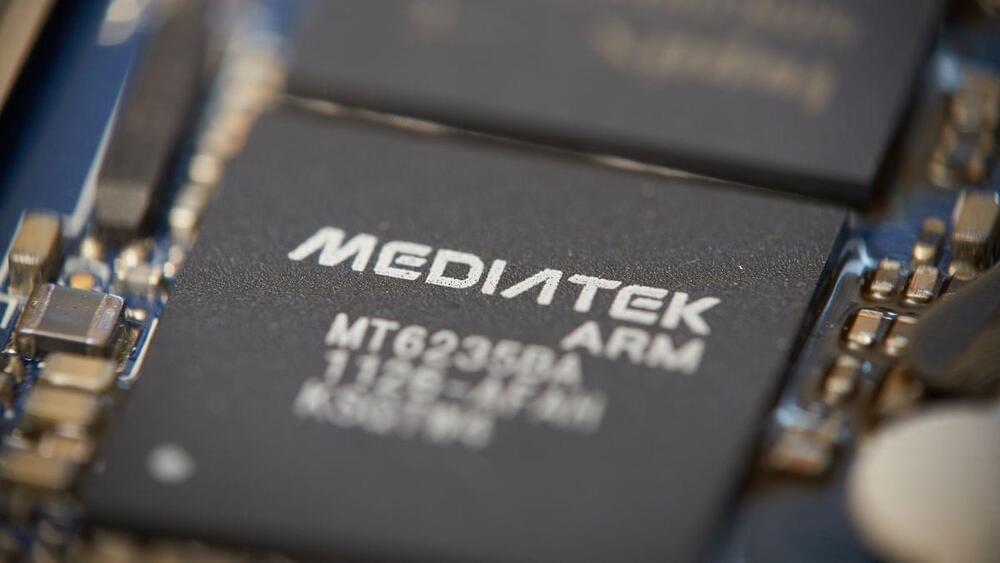
The Atacama Large Millimeter/submillimeter Array (ALMA) is not your typical telescope. Instead, ALMA, located in northern Chile’s high-and-dry Atacama Desert, is a radio telescope comprised of 66 high-precision antennas that work in perfect harmony. When ALMA’s antennas (which range in diameter from 7 to 12 meters) are deployed in various ways, the array may zoom in on some of the universe’s most distant cosmic objects while also recording images crisper than those generated by the Hubble Space Telescope.
First starlight
In a research published in the journal Nature, an international team of astronomers utilized this amazing array to investigate MACS1149-JD1, an exceedingly distant galaxy. The team was shocked to uncover tiny signs of ionized oxygen emitted about 13.3 billion years ago (or 500 million years after the Big Bang).

